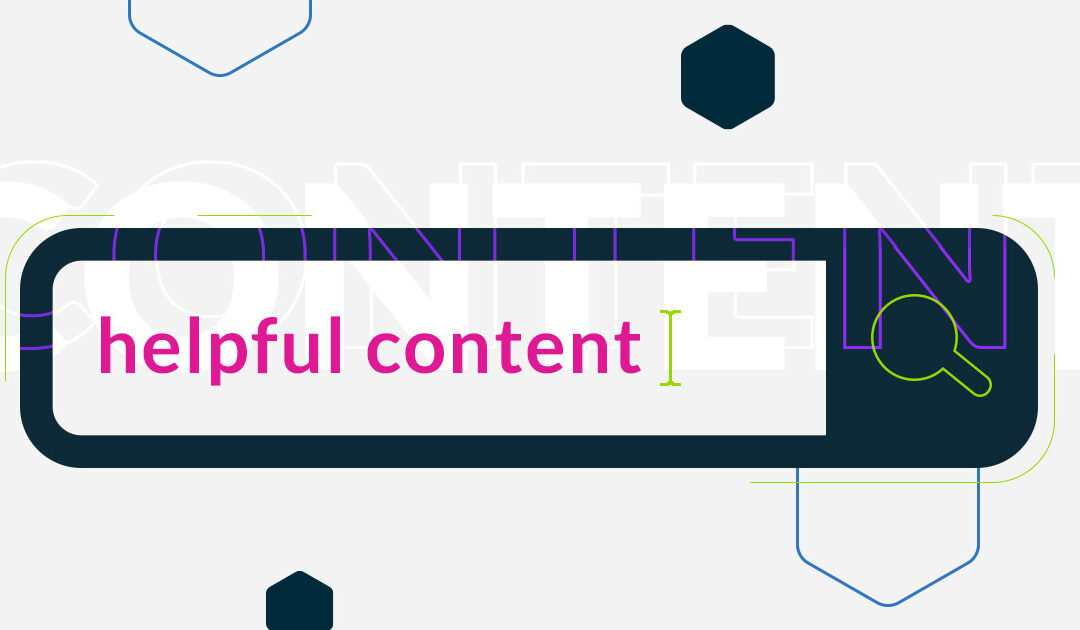In Today’s Hyper-Personalized World, Marketers Must Focus Their Approach on First Engagements
Since the pandemic, consumers are operating on an entirely different level when it comes to buying decisions, and the need for personalized marketing is not only more critical now than at any point in the past, but it looks different too.
Hyper-personalization is a somewhat anxiety-inducing way of describing the shift from one-to-one sales-driven marketing to marketing that is multi-channeled and layered, with many touchpoints that all play a role in influencing a buying decision.
The Customer is on to You
Marketing has become somewhat of a transparent activity. We all know we’re being marketed to. We know when it’s happening and, most importantly, how to tune it out or avoid it. But we are also happy to play along – providing useful personal data in exchange for something we want. Our expectation also is for an even more tailored experience going forward.
And therein lies the challenge for marketers – and also the opportunity for personalized marketing.
Data is the key to hyper-personalization, and there are a few ways to collect effective data in order to enhance the customer experience:
- Add dynamic content to your website. With dynamic content, users are strategically fed content at specific points during their interactions with your website, allowing you to collect information at appropriate points during the customer journey in exchange for providing them valuable content.
- Follow the real digital customer journey. One of the mistakes marketers make is assuming all customers follow a linear journey from “awareness” to “decision”. Instead, digital touchpoints (many of which aren’t even controlled by your brand) have turned the journey into a complex web of actions, and you must be prepared to interact with the customer at every turn.
- Take advantage of personalized marketing tools like Drift chatbots. Get back to the one-to-one sales conversation with a chatbot. A chatbot can be easily set up strategically throughout your website to ask the right questions at the right time, and gather customer information to improve their interactions with your brand.
Personalized Marketing Post-COVID-19
While personalized marketing was already a necessity for companies to better connect with their customers, the COVID-19 pandemic brought it into even sharper focus. As people retreated to their homes and one-to-one interactions became limited to digital-only experiences, companies had to rethink personalized marketing on a whole new level.
Regardless of industry, or whether your company is B2B, B2C, or D2C, major shifts to different ways of doing business will last into the future as everyone adapts to a new normal – even as the economy begins to open up again.
Personalized marketing can now include anything from offering convenient curbside pickup to providing in-store sanitation, to offering voice-enabled communication and self-assisted online experiences; think AI-powered navigation to be more intuitive and responsive to your customers’ actions.
A recent consumer research report conducted by Zoovu and Researchscape found some interesting insights that point to an opportunity to better personalize the customer experience:
- 84% of consumers wish search identified their needs and narrowed results down to 5-10 choices.
- 70% of consumers are interested in using digital assistants to make online purchasing easier and more personalized for their individual needs.
- 69% of marketers see conversational engagement as a large or complete priority, but only 25% are looking to implement this type of solution.
It’s clear beyond a doubt that personalized marketing is a must. So let’s talk about how to get hyper-personalized.
There’s Data, and Then There are Metrics
Collecting customer data is great for informing hyper-personalization strategies, but customer behavior metrics can’t be ignored. Fully understanding your customers requires dual collection of their information and information about the way they behave when interacting with your website or brand materials.
Brand metrics help us understand when and how a conversion occurred, and are helpful for replicating brand experiences that have been shown to lead to conversions.
The caveat is that brand metrics are often focused on what the brand wants to track; i.e. how much traffic a page gets, or how many downloads of an eBook were made. But when we focus more on brand metrics than on customer experience data, we risk alienating customers by failing to provide what they need.
To address this problem, we recommend a mix of tracking both brand metrics and customer data to ensure you know what your customers care about – and can therefore better align all touchpoints with those preferences.
What Makes Personalized Marketing “Hyper”?
At Fishnet, we often tell our clients that resonating with customers is all about the right message, at the right time, in the right way. We didn’t invent that mantra, but we also don’t take it at face value – and today, we can’t, because so much has changed about audience targeting from both a technology and a legal standpoint.
With tighter privacy regulations, the California Consumer Privacy Act (CCPA) notwithstanding, being in the right place at the right time with the right message is only as effective as the information driving what’s “right”.
It is here that technology and the law converge.
Big social media companies like Facebook that have traditionally been the gatekeepers of valuable customer data are responding to privacy concerns by putting up barriers to this information. Marketers now have had to generate their own audience information to ensure there’s no loss of personalization potential.
As consumers ourselves, we see the personalized approach all the time, especially with brands like Netflix and Amazon whose business models are based on hyper-personalization. These companies have reinvented the personalization wheel and set the stage for all other brands. Consumers feel safe divulging information to them in exchange for hyper-personalized services that make spot-on purchase recommendations or suggest just the right type of entertainment.
Of course, we’re talking about mega brands. You may not be competing with Netflix or Amazon, but you still want to connect with your customers in the same hyper-personalized way.
Brands today have an opportunity to merge their Customer Relationship Management (CRM) technology with customer experience data to identify the best audience targeting opportunities that will drive business.
As customer interactions and the privacy landscape change, the most important piece of personalization remains audience identity data. Taking personalization to the “hyper” level is all about how you use that data – to connect with customers at every relevant touchpoint, and meet their expectations for interaction and information. Only then can brands deliver value in the right way, at the right time, while protecting the safety and integrity of the customer – and their trust.












